Canonical URLs are essential for Technical SEO, solving duplicate content issues by directing search engines to the preferred version of a webpage. This enhances site authority, preserves link equity, and improves website performance in SERPs. Implementing canonical tags involves identifying duplicate pages, selecting a primary URL, and adding a `<link rel="canonical">` tag within each page's `<head>`. Best practices include using canonical tags for internal links, keeping structures simple, and regularly reviewing and updating tags. Correctly implemented canonicalization strategies prevent search engine confusion and maximize Technical SEO benefits, especially with dynamic content and redirects. Measuring success through metrics like crawl budget allocation, CTRs, and keyword rankings ensures the strategy remains effective. As Technical SEO evolves, focusing on user experience and semantic search will be crucial, with AI and structured data playing a larger role in optimal canonicalization.
In the intricate world of Technical SEO, canonical URL setup is a cornerstone for optimizing website visibility and performance. This comprehensive guide delves into the fundamental concepts of canonical URLs, their role in search engine optimization (SEO), and how they mitigate duplicate content issues. From understanding technical foundations to implementing tags and identifying duplicates, we provide a step-by-step approach. Learn best practices, avoid common mistakes, and explore advanced scenarios for dynamic content. Discover how to measure success and stay ahead with future trends in Technical SEO, ensuring your website’s online dominance.
Understanding Canonical URLs: A Technical SEO Foundation
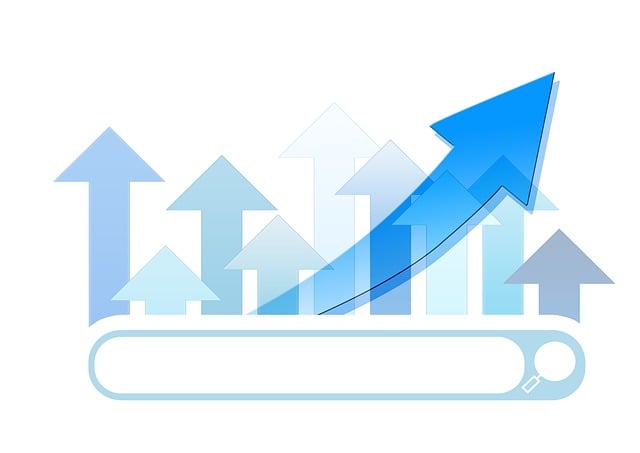
Canonical URLs are a fundamental concept in Technical SEO, serving as a way to tell search engines which version of a webpage they should index. In essence, it’s a link that specifies the ‘official’ or ‘preferred’ URL for a specific web page, helping to avoid duplicate content issues. This is crucial in today’s digital landscape where websites often have multiple URLs that point to the same content, whether through different domain versions, language variations, or product filters.
By setting up Canonical URLs, website owners provide search engine crawlers with clarity and direction. This ensures that only one version of a page is counted as unique, improving the overall authority and ranking potential of the site. It also helps in passing along link equity, which is vital for SEO success. In the realm of Technical SEO, understanding and implementing canonicalization effectively is a game-changer, enabling websites to optimize their visibility and performance in search engine results pages.
The Role of Canonicalization in Search Engine Optimization

In the realm of Technical SEO, canonicalization plays a pivotal role in streamlining search engine indexing and enhancing overall website performance. This process involves identifying and declaring a primary or ‘canonical’ URL for a specific web page, ensuring that search engines crawl and index the desired version. By implementing proper canonicalization, websites can mitigate duplicate content issues, which is a significant challenge in today’s digital landscape, where dynamic content and multiple page variations are common.
When a website has several versions of the same or similar pages (e.g., HTTP and HTTPS, mobile and desktop), search engines might struggle to determine which version is most relevant. Canonical tags provide clear guidance to search engine crawlers, preventing duplicate content penalties and ensuring that link equity is passed effectively among pages. This strategy is crucial for maintaining a strong online presence and improving visibility in search results.
Identifying Duplicate Content and Its Impact on Rankings
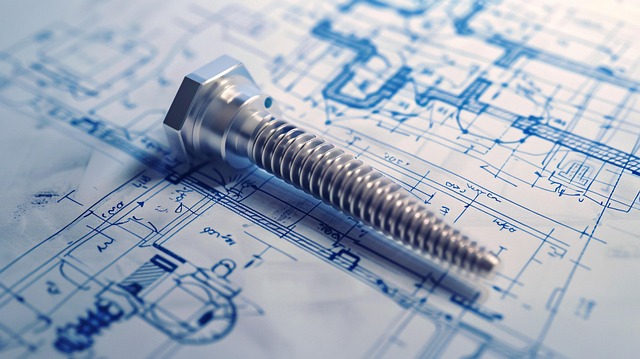
Identifying duplicate content is a crucial aspect of Technical SEO. Websites often create or acquire multiple versions of the same page, leading to search engines struggling to determine which version is most relevant. This can result in splitting link equity and authority among these duplicates, diluting the overall ranking potential. For instance, if a website has several URL variations for a single product page, each with slight changes in structure or parameters, search engines may not know which one to prioritize.
This issue can significantly impact rankings because search engine algorithms aim to provide users with the most relevant and useful results. Duplicate content can confuse these algorithms, leading to lower visibility in search results. By implementing a robust Canonical URL setup, websites can address this challenge. This involves using canonical tags to indicate the preferred version of a page, ensuring that link equity is concentrated on one specific URL, thus enhancing overall website optimization.
Implementing Canonical Tags: Step-by-Step Guide

Implementing canonical tags is a crucial step in optimizing your website for Technical SEO. These tags help search engines understand which version of a webpage they should index, reducing duplicate content issues and improving overall site architecture. Here’s a step-by-step guide to adding canonical tags effectively:
1. Identify Duplicate Content: Begin by identifying the different versions of a page that might be accessible to users or crawlers. This includes language variants (e.g., www.example.com/en and www.example.com/fr), mobile vs desktop, and different URL structures.
2. Select the Preferred Version: Choose the canonical version of your webpage. Typically, this is the main, master page without any parameters or subdomains. For instance, if you have multiple versions, `www.example.com` would be the canonical URL.
3. Add Canonical Tag: In the “ section of each webpage that needs a canonical reference, include the following HTML tag: “. Replace `”https://www.example.com”` with your preferred, canonical URL.
Best Practices for Using Canonical URLs Effectively

Implementing canonical URL structures is a powerful technique in Technical SEO. It helps search engines understand the preferred version of a web page, reducing duplicate content issues and enhancing overall website visibility. When setting up canonical URLs, consistency is key. Ensure each page has a unique and clear canonical link, directing users and search crawlers to the master or main version of the content. This practice prevents SEO confusion and ensures that your site’s most important pages are indexed accurately.
Best practices include using canonical tags for internal links, especially when redirecting old pages to new ones. Keep the canonical URL structure simple and intuitive, matching the actual page addresses. Regularly review and update canonical tags as your website evolves, removing or modifying them for pages that no longer exist or have changed significantly. This proactive approach ensures your site’s technical integrity and keeps search engine crawl budgets efficient.
Common Canonicalization Mistakes to Avoid
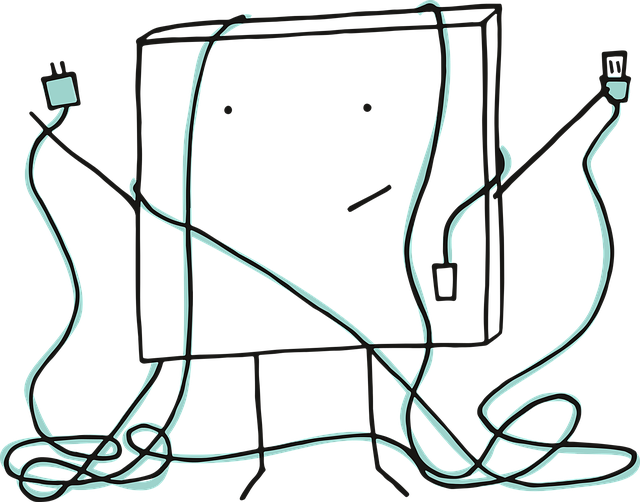
Many businesses, in their rush to optimize for search engines, often fall into common pitfalls when setting up canonical URLs, which can negatively impact their Technical SEO efforts. One major mistake is not using the right canonical tag for each page. Each webpage should have its own unique canonical URL, pointing to the most relevant and specific version of that page. Using a generic or incorrect canonical URL can confuse search engines and potentially dilute the ranking power of your content.
Another frequent error is omitting canonical tags for dynamic or frequently updated pages. Canonicalization is crucial for maintaining consistency in how search engines crawl and index your site, especially with content delivered through JavaScript, parameter-rich URLs, or user-generated content. Always ensure that canonical tags are implemented correctly and cover all relevant scenarios to avoid duplicate content issues and maximize the benefits of Technical SEO.
Advanced Scenarios: Handling Dynamic Content and Redirects

In advanced scenarios, Canonical URL Setup extends beyond static web pages to accommodate dynamic content and redirects, both essential aspects of modern websites. Dynamic content, generated on-the-fly based on user interactions or data retrieval, presents a unique challenge for Technical SEO. To maintain search engine visibility, it’s crucial to ensure that canonical tags accurately reflect the intended target URL, even as dynamic elements change. This might involve setting up server-side configurations to pass relevant information through query strings or using meta refresh tags strategically.
Redirects, whether 301 (permanent) or 302 (temporary), are another common occurrence on websites. Proper canonicalization during redirects ensures that search engine crawlers understand the relationship between old and new URLs, preserving link equity and avoiding duplicate content issues. This is particularly important for e-commerce sites with frequent product updates or for websites undergoing significant redesigns. By implementing these strategies, webmasters can ensure their Canonical URL Setup remains robust and effective, even in complex scenarios.
Measuring the Success of Your Canonical URL Strategy
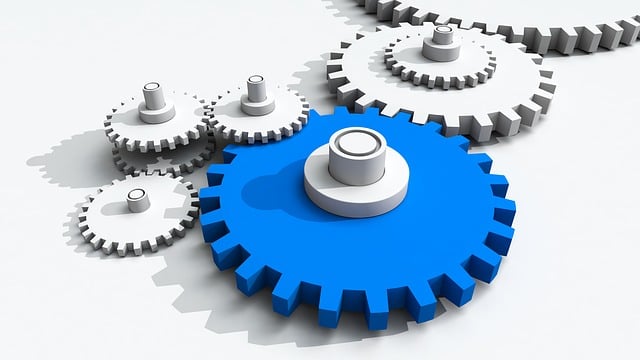
Measuring the success of your canonical URL strategy is a crucial aspect of Technical SEO. By setting up canonicals, you’re essentially telling search engines which version of a page they should index—this helps prevent duplicate content issues and improves your site’s overall authority. To gauge effectiveness, monitor key metrics such as crawl budget allocation, click-through rates (CTRs) from search results, and rankings for target keywords. Tools like Google Search Console and analytics platforms can provide insights into these areas, helping you understand which canonical URLs are performing well and where adjustments might be needed.
Regular analysis of these data points allows you to refine your strategy over time. For instance, if certain canonicals have low CTRs or rankings, it might indicate a need for content optimization or a reassessment of the chosen canonical URL. Conversely, consistent high performance shows that your strategy is effectively guiding search engines and users to the preferred content, contributing to better overall visibility and user experience.
Future Trends in Technical SEO and Canonicalization
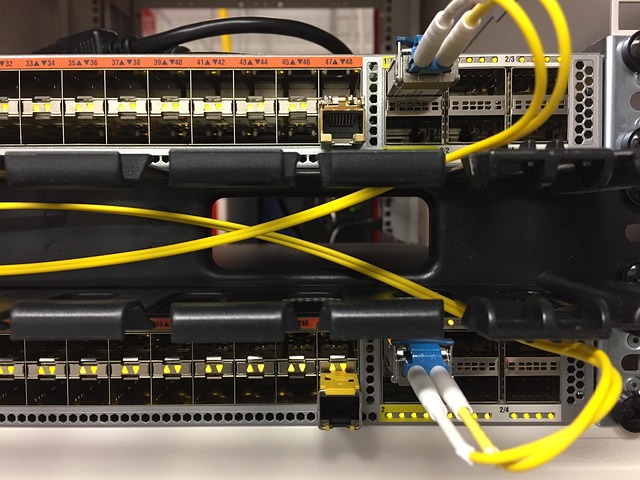
As we move forward into the evolving landscape of Digital, Technical SEO remains a dynamic and critical aspect for any online presence. Future trends indicate an increased focus on user experience and semantic search, with algorithms becoming more sophisticated in understanding context and intent behind queries. Canonicalization, as a key component of Technical SEO, will continue to adapt to these changes. The goal will be to provide clear signals to search engines about the preferred version of a webpage, ensuring that dynamic content and different URL structures do not hinder indexing efforts.
One anticipated development is the enhanced use of structured data and AI-driven insights to improve canonicalization strategies. By leveraging machine learning algorithms, websites can automatically identify duplicate or highly similar pages, enabling more precise redirection and canonical tagging. This not only streamlines Technical SEO practices but also ensures that search engines can efficiently crawl and index content, ultimately improving overall website performance in the face of increasing data-rich environments.
